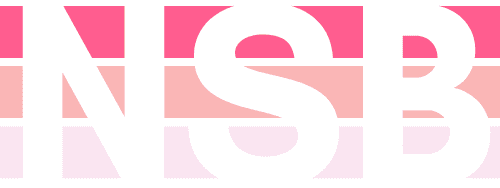What is Mindfulness
Mindfulness is becoming more aware of the present moment.
It means being “in the now.” Rather than thinking about the past or projecting into the future.
It generally involves a directing your awareness of your breathing, feeling the sensations of your body and your immediate surroundings.
Mindfulness has a long history of both religious and non religious practice. It was first made popular by Eastern religions including Hinduism and Buddhism thousands of years ago before being introduced to the West.
More recently, the practice of mindfulness has been combined with cognitive therapy in treatments which are used to reduce stress, anxiety, and depression. The practice continues to grow in popularity as research shows the many health benefits of mindfulness.
- Reduced Stress
- Increased focus
- Reduced conflict
- Enhanced compassion
- Increased productivity
- Better decision-making
- Improved emotional intelligence
- Enhanced creativity
- Happier people
Is mindfulness Meditation?
Mindfulness can be achieved through meditation, but you can also practice mindfulness through daily living. Focusing on the present moment and quieting your inner chatter can help you attain mindfulness.
Mindfulness Can Be Practiced ‘Anywhere’
Meditation Requires Intentional Focus such as guided (led by someone else), movement-based or that focuses on breathing and visual meditation (thinking of an image of something or someone and focusing your intention towards that image)—as well as the goal of an altered state of consciousness that connects you to your deeper inner self.
Meditation is more difficult and beginners should start slow and easy. Start with a guided meditation of no more than five to 10 minutes.
Guided meditations typically walk you through the techniques and help you understand the basics of a meditation practice. You can find guided meditations online or in meditation apps.
How to practice mindfulness
Here is the STOP acronym to practice mindfulness:
- S: Stop what you are doing
- T: Take a breath
- O: Observe your thoughts
- P: Proceed (either continue what you were doing or change course, depending on what you’ve just observed)

